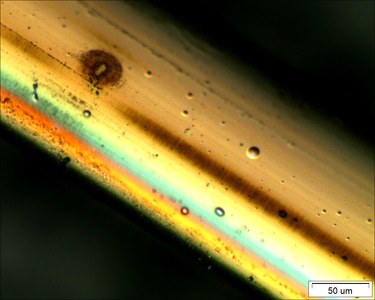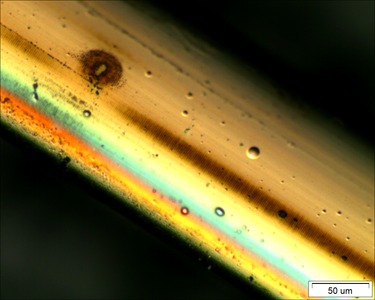| Creators: |
Allsop, Thomas, Arif, Raz, Neal, Ron, Kalli, Kyriacos, Kundrát, Vojtech, Rozhin, Alex, Culverhouse, Phil and Webb, David |
| Keywords: |
carbon nanotubes, fiber optic sensors, gas-sensing, localized surface plasmons, nanostructured thin film, Applied Mathematics, Computer Science Applications, Electrical and Electronic Engineering, Optical and Magnetic Materials, Condensed Matter Physics |
| Divisions: |
College of Engineering and Physical Sciences > Aston Institute of Photonics Technology (AIPT) |
| Funders: |
Engineering and Physical Sciences Research Council |
| Projects: |
Grating and waveguide plasmonic sensors |
| Grant number: |
EP/J010413/1, EP/J010391/1 |
| Data Publisher: |
Aston University |
| Date Made Available: |
30 August 2015 |
| Collection period: |
| From | To |
|---|
| 11 March 2013 | 28 August 2015 |
|
| Data Collection and Processing Methods: |
2. T. Allsop, R. Arif, R. Neal, K. Kalli, V. Kundrát, A. Rozhin, P. Culverhouse,” Localized surface plasmon fiber device coated with carbon nanotubes for the specific detection of CO2”, SPIE Proc. SPIE 9555 Optics+Photonics (Nanostructured Devices and Applications), San Diego, USA, 95550S, 2015.
We explored the potential of a carbon nanotube (CNT) coating working in conjunction with a recently developed localized surface plasmon (LSP) device (based upon a nanostructured thin film consisting of of nano-wires of platinum) with ultra-high sensitivity to changes in the surrounding index. The uncoated LSP sensor’s transmission resonances exhibited a refractive index sensitivity of /n ~ -6200nm/RIU and /n ~5900dB/RIU, which is the highest reported spectral sensitivity of a fiber optic sensor to bulk index changes within the gas regime. The complete device provides the first demonstration of the chemically specific gas sensing capabilities of CNTs utilizing their optical characteristics. This is proven by investigating the spectral response of the sensor before and after the adhesion of CNTs to alkane gases along with carbon dioxide. The device shows a distinctive spectral response in the presence of gaseous CO2 over and above what is expected from general changes in the bulk refractive index. This fiber device yielded a limit of detection of 150ppm for CO2 at a pressure of one atmosphere. Additionally the adhered CNTs actually reduce sensitivity of the device to changes in bulk refractive index of the surrounding medium. The polarization properties of the LSP sensor resonances are also investigated and it is shown that there is a reduction in the overall azimuthal polarization after the CNTs are applied. These optical devices offer a way of exploiting optically the chemical selectivity of carbon nanotubes, thus providing the potential for real-world applications in gas sensing in many inflammable and explosive environments |
| Identification Number: |
https://doi.org/10.17036/9afa59de-f413-45b8-80a9-3f388731cb3f |

![[img]](https://researchdata.aston.ac.uk/158/1.hassmallThumbnailVersion/Data_figure_1b%20%281%29.bmp)

![[img]](https://researchdata.aston.ac.uk/158/2.hassmallThumbnailVersion/Data_figure_1b.bmp)
